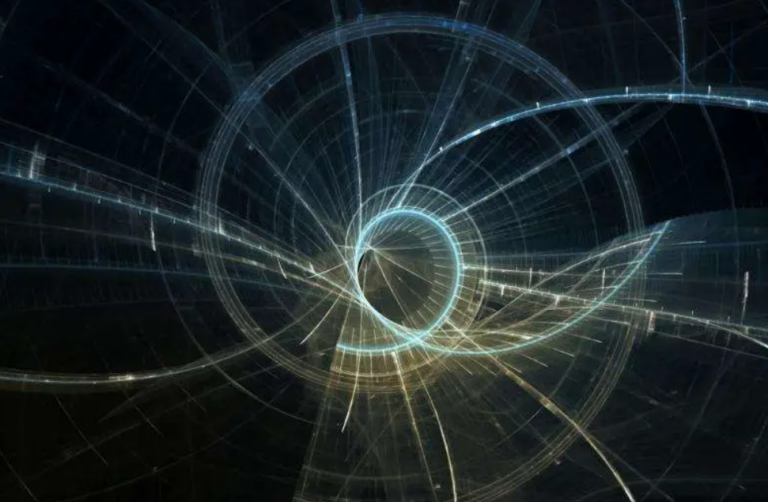Einstein’s Renowned Equation First Revealed the Transformation of Light into Matter
Scientists at Brookhaven National Laboratory have recently accomplished an experiment regarding conversion of light into matter with the help of the tool called Breit-Wheeler process. They utilised the Relativistic Heavy Ion Collider to accelerate the heavy ions and get nearly real constructions of photons to form electron-positron pairs.
This experiment can be explained by the E=mc² equation that was made by Einstein as well as with the expectations regarding the conversion of energy to matter. Despite the fact that the photons used in this process pertain to the virtual kind, not the real photons, it was an attempt toward the proof of the process by utilizing actual photons once there is gamma-ray lasers technology.
Scientists have claimed that for the first time, physicists have synthesised matter from light, where you can see the principles of Einstein’s E=mc² equation in action.
According to Einstein, well-known equation E=mc², collision of two sufficiently energetic photon, or particles of light, should create an electron and its anti-particle – positron.
This was named the Breit and Wheeler phenomenon in 1934 but the phenomenon has not been tested often because gamma-ray lasers are not available today. Other exercises have created a matter from several photons but these experiments have not shown a one-to-one correspondence which is mandatory for the demonstration of the effect.
But scientists at the Brookhaven National Laboratory in New York feel that they have developed a solution. Utilizing the lab’s Relativistic Heavy Ion Collider (RHIC), they have produced the types of measurements that forecast this rather designer change.
“Breit and Wheeler in their paper said that this experiment is not easy,” said Zhangbu Xu, a physicist at Brookhaven Lab. “Lasers weren’t even invented then! But Breit and Wheeler proposed an alternative: Increasing heavy ions velocity That is pretty much what is done at RHIC.
Rather than speed up photons, the team boosted two ions, these are atomic nuclei that reside without electrons and have a positive charge in a circular path, maneuvering them around each other near missing. As these ions are charged and coming close to the velocity of light, they produce an electromagnetic field filled with ‘actual’ and ‘virtual’ photons that seem to accompany these ions as a cloud as described by Xu.
Virtual particles are fluctuations in fields between actual particles and typical virtual particles possess mass while actual photons do not. In this experiment what actually happened is the virtual photons were oscillating too quickly at the instant before the ions were nearly colliding that they seemed like actual photons. These are referred to as virtual photons as they were confined to a part of the atom These photons then ‘bounced off each other’, therefore creating a real electron and positron that the scientists saw.
To achieve the closest identification of the Breit-Wheeler process with the help of virtual particles, the researchers had to make sure their virtual photons mimicked actual ones. This they were able to do by studying the orientation of over 6000 electron-positron events produced in the experiment.
Real particles create objects that are computable to exit at various angles in comparison to virtual particles. In this experiment, the secondary products from virtual particles scattered at the same angles as those from real particle collisions thus proving that the observed particles were real and part of a real interaction, the group was able to successfully complete the Breit Wheeler process.
The team also assessed the energy and the mass distribution of the systems. ”These measurements are in agreement with theoretic estimates of the changes that occur with real photons,” added Daniel Brandenburg, a physicist from the Brookhaven.
That said, it is important not to overlook these particles as completely fake, since the particles in this experiment are nevertheless virtual photons, which provokes the question as to whether this experiment really showcased the Breit-Wheeler process at all. However, it is a step in the right direction as physicists, strive to create lasers which are effective in order to bring the use of real photons in the process.
The researchers published their findings in the Journal Physical Review Letters.
Do not forget to share your opinion with us to provide you with the best posts !




0 Comments